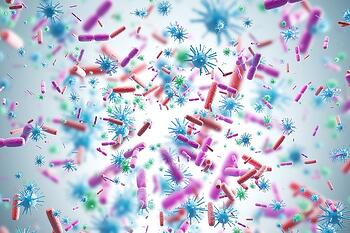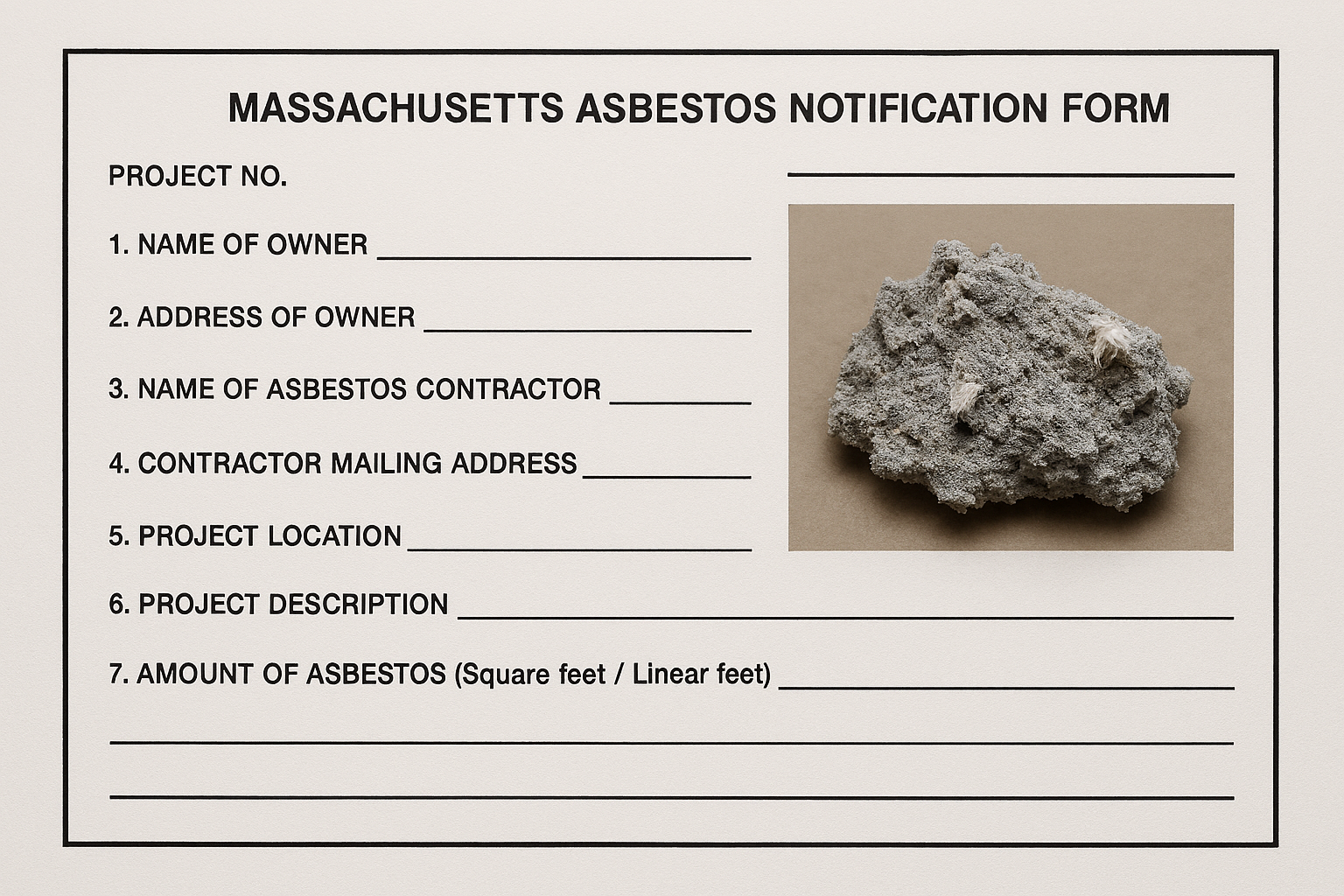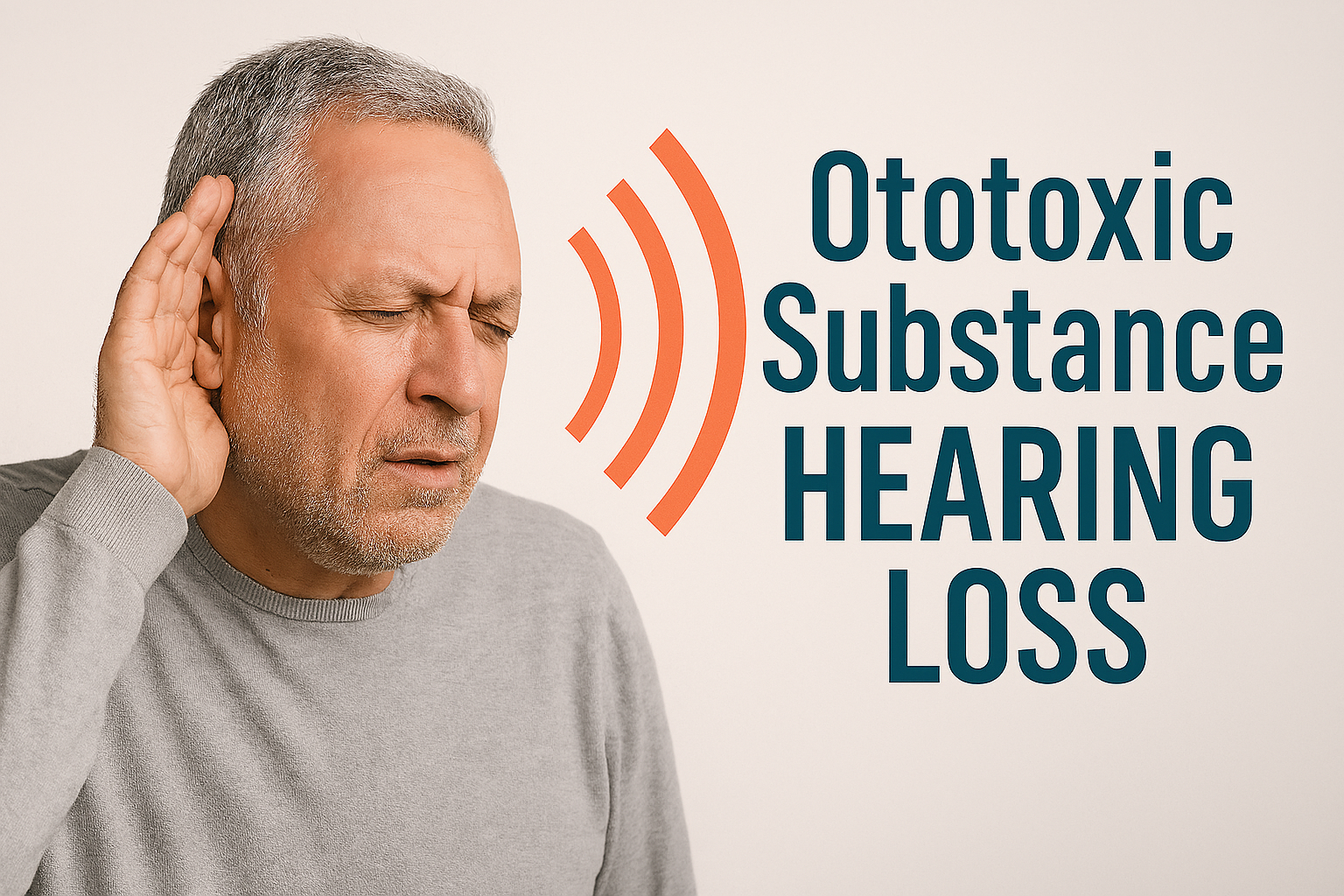SARS-Co-V-2, the virus that is responsible for the current Covid-19 pandemic, is one of approximately 1400 infectious agents that can cause human disease. These infectious agents are also called human pathogens. They are responsible for a wide range of illnesses, from the typically innocuous common cold to deadly diseases like Tuberculosis and Ebola. There are 6 types of pathogens: viruses, bacteria, fungi, protozoa, helminths, and prions. This article focuses on viruses and bacteria, the most “popular” pathogens. How are they alike? How do they differ from each other?
Cashins & Associates : Resources
An Introduction to Viruses & Bacteria
Viruses and bacteria have a lot in common. They are so small that they can only be seen under a microscope. Viruses and bacteria are literally found everywhere: in the air, water, and soil; on indoor and outdoor surfaces; and finally, on and in sick – and healthy - humans. They contain genetic material (DNA and/or RNA) that directs the functions of every living cell. This genetic material can become altered or mutated and cause changes in the virus or bacteria. Mutations from long ago explain why certain viruses and bacteria tolerate harsh conditions including extreme temperatures, droughts, or corrosive environments. Mutations are quite common. A study by the UCL Genetics Institute identified almost 200 distinct mutations in the SARS-CoV-2 virus!
Not all viruses and bacteria are pathogenic. Many are harmless and some are even beneficial. For example, did you know that approximately 3 trillion bacteria live on or in our bodies? They are collectively known as our microbiome. It has many functions, including fighting off potentially harmful infections. For example, Staphylococcus epidermis, a bacterium which normally resides on our skin, can inhibit the pathogenic properties of bacteria that cause MERSA and other skin diseases. We are learning more and more about our gut microbiome. Researchers are discovering the vital role that it plays in our immune system in addition to its role in the digestive process.
Regarding harmless or beneficial viruses, did you know that approximately 70% of US citizens test positive for HSV-1, the herpes simplex virus that causes cold sores? Some HSV-1 infected individuals will never experience a cold sore outbreak whereas others will. HSV-1 that is not actively expressed with cold sores is considered dormant or latent. There is evidence suggesting that latent HSV-1 protects the body against assaults by more harmful pathogens.
Researchers are working to use the cell-destroying properties of viruses for beneficial purposes. Specifically, they are attempting to inject viruses into cancer patients in a way that allows them to target, infect, and kill cancer cells. The FDA approved this type of oncolytic virus therapy for use in melanoma patients back in 2015.
Viruses and bacteria differ in a number of ways. Viruses are almost always much smaller than bacteria. They contain only DNA or only RNA, whereas bacteria contain both of these molecule types. Some bacteria can form spores that allow them to be dormant during harsh conditions – and become functional when favorable conditions return. Bacterial infections can be treated with antibiotics whereas viral infections do not respond to this drug type.
The most significant difference between these 2 groups is that unlike bacteria, viruses are not able to live and reproduce on their own. Their survival depends on their ability to invade a host organism and then use the machinery inside the host’s cells to make copies of themselves.
This last difference is the basis for the argument that viruses are not living things – and should not be referred to as microoganisms. This is also why some people say that EPA List N disinfectants “kill” bacteria but “inactivate” viruses.
Bacteria and viruses are here to stay. As always, research will help us increase our understanding of these 2 groups: specifically, how to combat pathogenic viruses and bacteria and how to leverage their beneficial properties – be they living, non-living, or somewhere in between!
If you have any questions please click the button below!





